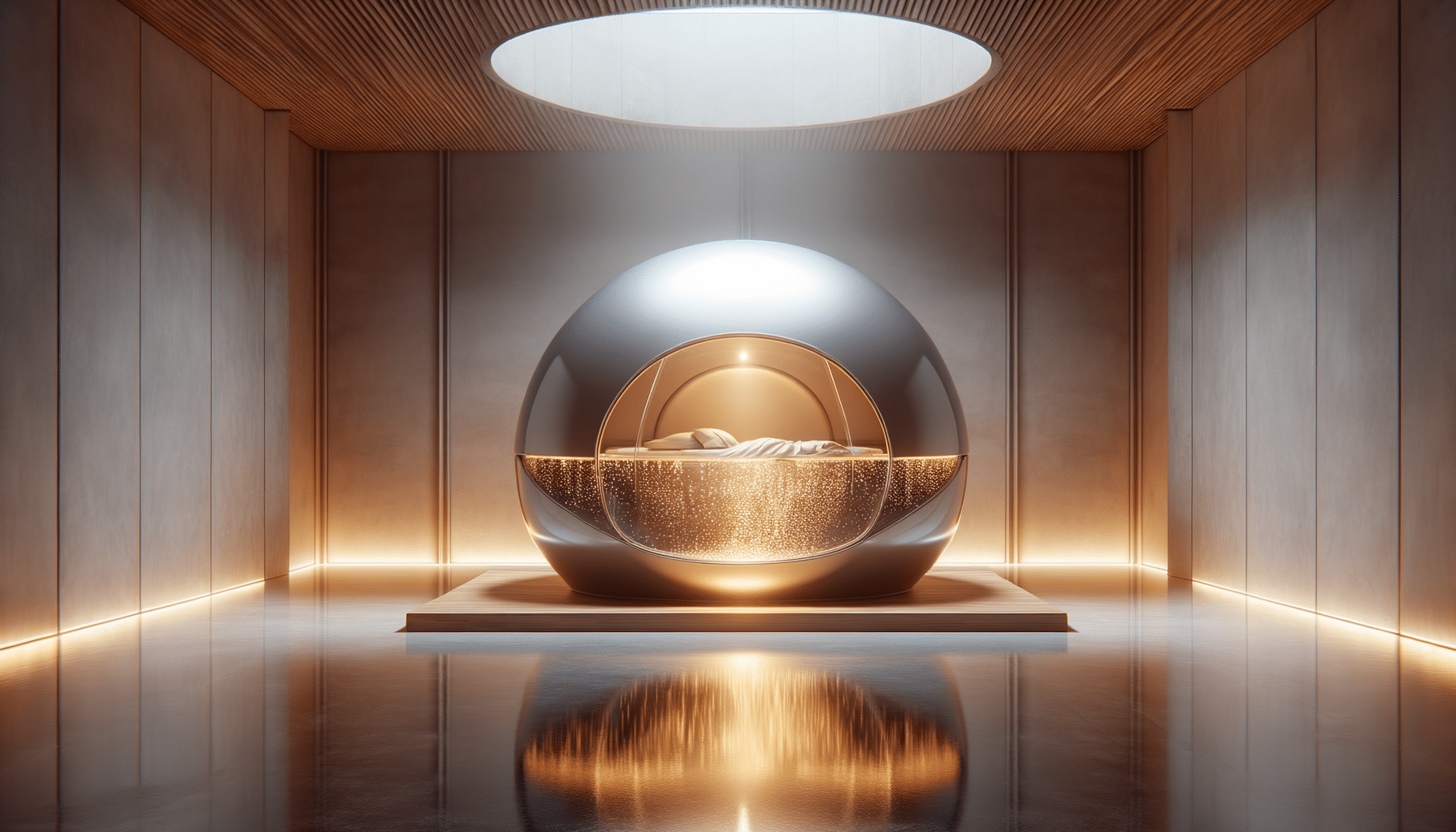
Discover Relaxation and Mindfulness with Floatation Pods
Introduction to Floatation Pods
Floatation pods, also known as sensory deprivation tanks, have become a popular method for achieving relaxation and mindfulness. These pods are designed to offer a unique environment where users can experience weightlessness and sensory reduction. The pods are filled with 10 inches of water at skin temperature and around 1,000 pounds of Epsom salt, allowing the body to float effortlessly. This setup creates an environment conducive to deep relaxation, often leading to improved sleep and enhanced mindfulness.
The concept of floatation therapy has been around since the 1950s, with the primary aim of reducing external stimuli to promote relaxation and mental clarity. Today, floatation pods can be found in many wellness centers and float spas, offering a serene escape from the hustle and bustle of daily life.
The Science Behind Floatation Therapy
Floatation therapy is grounded in the principles of sensory deprivation, where the absence of external stimuli helps the body and mind to relax. The high concentration of Epsom salt in the water increases buoyancy, making it easy for individuals to float without effort. This environment allows the muscles to relax and the mind to enter a meditative state.
The benefits of floatation therapy are supported by scientific research. Studies have shown that floatation therapy can reduce stress, anxiety, and depression. It has also been linked to physical benefits, such as reduced muscle tension and improved circulation. The environment within the pod encourages the release of endorphins, the body’s natural painkillers, which contribute to an overall sense of well-being.
Moreover, floatation therapy is known to enhance creativity and problem-solving abilities. By reducing sensory input, the brain can enter a state known as the theta state, which is associated with deep relaxation and heightened creativity.
Exploring the Float Spa Experience
Float spas have emerged as dedicated spaces where individuals can experience floatation therapy in a serene and controlled environment. These spas offer a variety of services, with floatation pods being a central feature. The ambiance of a float spa is designed to promote relaxation, often featuring dim lighting, soothing music, and calming scents.
Upon arrival at a float spa, guests are typically guided through the process by trained staff. This includes a briefing on what to expect during the session and how to maximize the benefits of floatation therapy. The pods are equipped with features such as adjustable lighting and sound systems, allowing users to customize their experience.
Float spas often offer additional services, such as massages and wellness treatments, to complement the floatation experience. This holistic approach to relaxation and well-being makes float spas a popular choice for those seeking a comprehensive wellness experience.
Benefits of Floatation Therapy
The benefits of floatation therapy are numerous and varied, making it an attractive option for individuals seeking both physical and mental health improvements. Some of the key benefits include:
- Stress Reduction: The sensory deprivation environment helps lower cortisol levels, reducing stress and promoting relaxation.
- Improved Sleep: Many users report better sleep quality following floatation therapy sessions, as the relaxation experienced can help regulate sleep patterns.
- Pain Relief: The buoyancy of the water alleviates pressure on joints and muscles, providing relief from chronic pain and tension.
- Mental Clarity and Focus: By removing external distractions, floatation therapy enhances mental clarity and focus, supporting mindfulness practices.
These benefits make floatation therapy a valuable tool for enhancing overall well-being. Whether used as a standalone treatment or in conjunction with other wellness practices, floatation therapy offers a unique pathway to relaxation and mindfulness.
Conclusion: Embracing Floatation for Wellness
Floatation pods and floatation therapy provide a unique and effective way to achieve relaxation, mindfulness, and improved well-being. By immersing oneself in an environment free from external stimuli, individuals can experience profound physical and mental benefits. The rise of float spas has made this therapy more accessible, offering a sanctuary for those seeking a break from the demands of modern life.
As more people discover the benefits of floatation therapy, it is likely to become an integral part of wellness routines worldwide. Whether you are looking to relieve stress, improve sleep, or enhance creativity, floatation therapy offers a pathway to a more balanced and fulfilling life.


